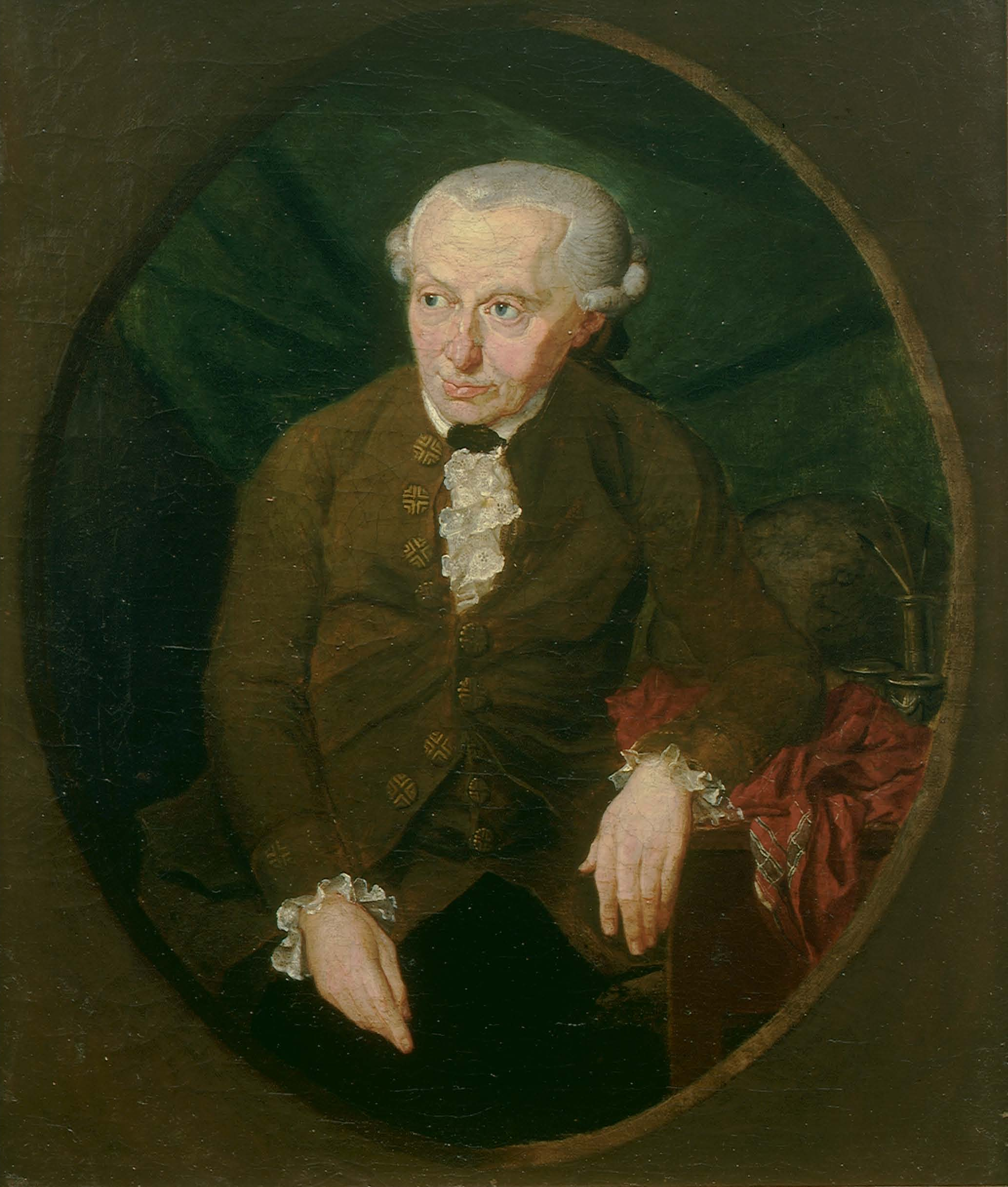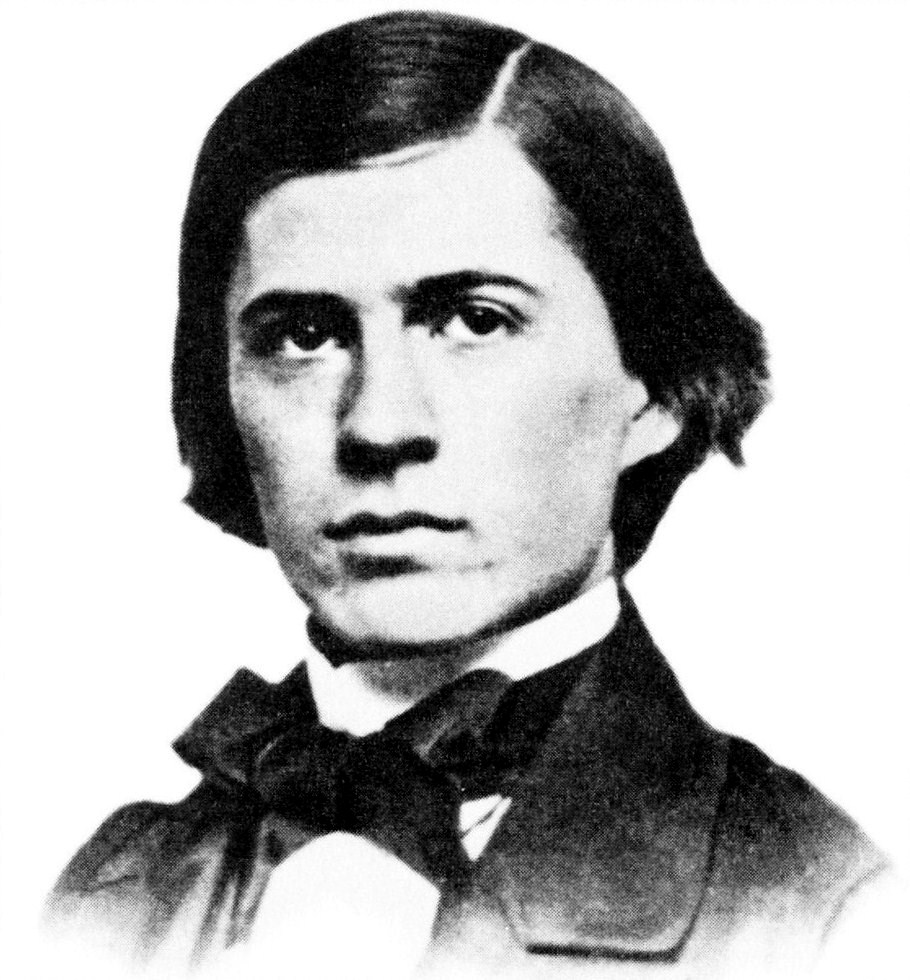|
Haecceity
Haecceity (; from the Latin , 'thisness') is a term from medieval scholastic philosophy, first coined by followers of Duns Scotus to denote a concept that he seems to have originated: the irreducible determination of a thing that makes it ''this particular'' thing. Haecceity is a person's or object's thisness, the individualising difference between the concept "a person" and the concept "Socrates" (''i.e.'', a ''specific'' person). In modern philosophy of physics, it is sometimes referred to as primitive thisness. Etymology Haecceity is a Latin neologism formed as an abstract noun derived from the demonstrative pronoun , meaning 'this (very)' (feminine singular) or 'these (very)' (feminine or neuter plural). It is apparently formed on the model of another (much older) neologism ('whatness'), which is a calque of Aristotle's Greek () or 'the what (it) is'. Haecceity vs. quiddity Haecceity may be defined in some dictionaries as simply the "essence" of a thing, or as a simple syn ... [...More Info...] [...Related Items...] OR: [Wikipedia] [Google] [Baidu] |
Duns Scotus
John Duns Scotus ( ; , "Duns the Scot"; – 8 November 1308) was a Scottish Catholic priest and Franciscan friar, university professor, philosopher and theologian. He is considered one of the four most important Christian philosopher-theologians of Western Europe in the High Middle Ages, together with Thomas Aquinas, Bonaventure and William of Ockham. Duns Scotus has had considerable influence on both Catholic and secular thought. The doctrines for which he is best known are the " univocity of being", that existence is the most abstract concept we have, applicable to everything that exists; the formal distinction, a way of distinguishing between different formalities of the same thing; and the idea of haecceity, the property supposed to be in each individual thing that makes it an individual (i.e. a certain “thisness”). Duns Scotus also developed a complex argument for the existence of God, and argued for the Immaculate Conception of Mary. The intellectual trad ... [...More Info...] [...Related Items...] OR: [Wikipedia] [Google] [Baidu] |
Metaphysics
Metaphysics is the branch of philosophy that examines the basic structure of reality. It is traditionally seen as the study of mind-independent features of the world, but some theorists view it as an inquiry into the conceptual framework of human understanding. Some philosophers, including Aristotle, designate metaphysics as first philosophy to suggest that it is more fundamental than other forms of philosophical inquiry. Metaphysics encompasses a wide range of general and abstract topics. It investigates the nature of existence, the features all entities have in common, and their division into categories of being. An influential division is between particulars and universals. Particulars are individual unique entities, like a specific apple. Universals are general features that different particulars have in common, like the color . Modal metaphysics examines what it means for something to be possible or necessary. Metaphysicians also explore the concepts of space, time, ... [...More Info...] [...Related Items...] OR: [Wikipedia] [Google] [Baidu] |
Plane Of Immanence
Plane of immanence () is a founding concept in the metaphysics or ontology of French philosopher Gilles Deleuze. Immanence, meaning residing or becoming within, generally offers a relative opposition to transcendence, that which extends beyond or outside. Deleuze "refuses to see deviations, redundancies, destructions, cruelties or contingency as accidents that befall or lie outside life; life and death reaspects of desire or the plane of immanence." This plane is a pure immanence which is an unqualified immersion or embeddedness, an immanence which denies transcendence as a ''real distinction'', Cartesian or otherwise. Pure immanence is thus often referred to as a pure plane, an infinite field or smooth space without substantial or constitutive division. In his final essay entitled ''Immanence: A Life'', Deleuze wrote: "It is only when immanence is no longer immanence to anything other than itself that we can speak of a plane of immanence."Deleuze, ''Pure Immanence'', p.27 Imman ... [...More Info...] [...Related Items...] OR: [Wikipedia] [Google] [Baidu] |
Indexicality
In semiotics, linguistics, anthropology, and philosophy of language, indexicality is the phenomenon of a ''Sign (semiotics), sign'' pointing to (or ''indexing'') some element in the context (language use), context in which it occurs. A sign that signifies indexically is called an index or, in philosophy, an indexical. The modern concept originates in the semiotic theory of Charles Sanders Peirce, in which indexicality is one of the three fundamental sign modalities by which a sign relates to its referent (the others being iconicity and Symbolic anthropology, symbolism).Charles Sanders Peirce, Peirce, C.S., "Division of Signs" in ''Collected Papers'', 1932 [1897]. Peirce's concept has been adopted and extended by several twentieth-century academic traditions, including those of linguistic pragmatics, linguistic anthropology, and Anglo-American philosophy of language. Words and expressions in language often derive some part of their referential meaning from indexicality. For example ... [...More Info...] [...Related Items...] OR: [Wikipedia] [Google] [Baidu] |
Quiddity
In scholastic philosophy, "quiddity" (; Latin: ''quidditas'') was another term for the essence of an object, literally its "whatness" or "what it is". Etymology The term "quiddity" derives from the Latin word ''quidditas'', which was used by the medieval scholastics as a literal translation of the equivalent term in Aristotle's Greek ''to ti ên einai'' (τὸ τί ἦν εἶναι)Aristotle, ''Metaphysics'', 1029b. or "the what it was to be (a given thing)". Overview Quiddity describes properties that a particular substance (e.g. a person) shares with others of its kind. The question "what (quid) is it?" asks for a general description by way of commonality. This is quiddity or "whatness" (i.e., its "what it is"). Quiddity was often contrasted by the scholastic philosophers with the haecceity or "thisness" of an item, which was supposed to be a positive characteristic of an individual that caused it to be ''this'' individual, and no other. It is used in this sense in British poe ... [...More Info...] [...Related Items...] OR: [Wikipedia] [Google] [Baidu] |
Ethnomethodology
Ethnomethodology is the study of how social order is produced in and through processes of social interaction.Garfinkel, H. (1974) 'The origins of the term ethnomethodology', in R.Turner (Ed.) Ethnomethodology, Penguin, Harmondsworth, pp 15–18. It generally seeks to provide an alternative to mainstream sociological approaches. It can be seen as posing a challenge to the social sciences as a whole, as it re-specifies the assumed phenomena of those sciences as being themselves social achievements.Garfinkel, H. (2002) ''Ethnomethodology's Program: Working out Durkheim's Aphorism'', Rowman & Littleford, Lanham. Its early investigations led to the founding of conversation analysis, which has found its own place as an accepted discipline within the academy. According to Psathas, it is possible to distinguish five major approaches within the ethnomethodological family of disciplines (see ). Ethnomethodology is a fundamentally descriptive discipline which does not engage in the explanat ... [...More Info...] [...Related Items...] OR: [Wikipedia] [Google] [Baidu] |
Latin
Latin ( or ) is a classical language belonging to the Italic languages, Italic branch of the Indo-European languages. Latin was originally spoken by the Latins (Italic tribe), Latins in Latium (now known as Lazio), the lower Tiber area around Rome, Italy. Through the expansion of the Roman Republic, it became the dominant language in the Italian Peninsula and subsequently throughout the Roman Empire. It has greatly influenced many languages, Latin influence in English, including English, having contributed List of Latin words with English derivatives, many words to the English lexicon, particularly after the Christianity in Anglo-Saxon England, Christianization of the Anglo-Saxons and the Norman Conquest. Latin Root (linguistics), roots appear frequently in the technical vocabulary used by fields such as theology, List of Latin and Greek words commonly used in systematic names, the sciences, List of medical roots, suffixes and prefixes, medicine, and List of Latin legal terms ... [...More Info...] [...Related Items...] OR: [Wikipedia] [Google] [Baidu] |
Charles Sanders Peirce
Charles Sanders Peirce ( ; September 10, 1839 – April 19, 1914) was an American scientist, mathematician, logician, and philosopher who is sometimes known as "the father of pragmatism". According to philosopher Paul Weiss (philosopher), Paul Weiss, Peirce was "the most original and versatile of America's philosophers and America's greatest logician". Bertrand Russell wrote "he was one of the most original minds of the later nineteenth century and certainly the greatest American thinker ever". Educated as a chemist and employed as a scientist for thirty years, Peirce meanwhile made major contributions to logic, such as theories of Algebraic logic, relations and Quantifier (logic), quantification. Clarence Irving Lewis, C. I. Lewis wrote, "The contributions of C. S. Peirce to symbolic logic are more numerous and varied than those of any other writer—at least in the nineteenth century." For Peirce, logic also encompassed much of what is now called epistemology and the philoso ... [...More Info...] [...Related Items...] OR: [Wikipedia] [Google] [Baidu] |
Inscape
Inscape and instress are complementary and enigmatic concepts about individuality and uniqueness derived by the poet Gerard Manley Hopkins from the ideas of the medieval philosopher Duns Scotus.Chevigny, Bell Gale. Instress and Devotion in the Poetry of Gerard Manley Hopkins ''Victorian Studies'' Vol. 9, No. 2 (Dec., 1965), pp. 141–153. Inscape has been rendered variously as: external design, aesthetic conception, intrinsic beauty, the intrinsic form of a thing, a form perceived in nature, the individual self, the expression of the inner core of individuality, the peculiar inner nature of things and persons, expressed in form and gesture, and an essence or identity embodied in a thing. These twin concepts are what his most famous poems are about. __NOTOC__ [Hopkins] felt that everything in the universe was characterized by what he called ''inscape'', the distinctive design that constitutes individual identity. This identity is not static but dynamic. Each being in the universe ' ... [...More Info...] [...Related Items...] OR: [Wikipedia] [Google] [Baidu] |
Gerard Manley Hopkins
Gerard Manley Hopkins (28 July 1844 – 8 June 1889) was an English poet and Society of Jesus, Jesuit priest, whose posthumous fame places him among the leading English poets. His Prosody (linguistics), prosody – notably his concept of sprung rhythm – established him as an innovator, as did his praise of God through vivid use of Imagery (literature), imagery and nature. Only after his death did Robert Bridges publish a few of Hopkins's mature poems in anthologies, hoping to prepare for wider acceptance of his style. By 1930 Hopkins's work was seen as one of the most original literary advances of his century. It intrigued such leading 20th-century poets as T. S. Eliot, Dylan Thomas, W. H. Auden, Stephen Spender and Cecil Day-Lewis. Early life and family Gerard Manley Hopkins was born in Stratford, London, Stratford, South Essex (UK Parliament constituency), EssexGardner, W. H. (1963), ''Gerard Manley Hopkins: Poems and Prose'' Penguin, p. xvi. (now in Greater London), as the ... [...More Info...] [...Related Items...] OR: [Wikipedia] [Google] [Baidu] |
Félix Guattari
Pierre-Félix Guattari ( ; ; 30 March 1930 – 29 August 1992) was a French psychoanalyst, political philosopher, Semiotics, semiotician, social activist, and screenwriter. He co-founded schizoanalysis with Gilles Deleuze, and created ecosophy independently of Arne Næss. He has become best known for Deleuze and Guattari , his literary and philosophical collaborations with Deleuze, most notably ''Anti-Oedipus'' (1972) and ''A Thousand Plateaus'' (1980), the two volumes of their theoretical work ''Capitalism and Schizophrenia''. Biography Clinic of La Borde Guattari was born in Villeneuve-les-Sablons, a working-class suburb of northwest Paris, France. His father was a factory manager and he was engaged in Trotskyism, Trotskyist political activism as a teenager, before studying and training under (and being analyzed by) the French psychoanalyst Jacques Lacan in the early 1950s. Subsequently, he worked all his life at the experimental La Borde Clinic, psychiatric clinic of La Bo ... [...More Info...] [...Related Items...] OR: [Wikipedia] [Google] [Baidu] |
Michael Lynch (ethnomethodologist)
Michael E. Lynch (born 17 October 1948), is an emeritus professor at the department of Science and Technology Studies at Cornell University. His works are particularly concerned with ethnomethodological approaches in science studies. Much of his research has addressed the role of visual representation in scientific practice. From 2002 to 2012 he was the editor of Social Studies of Science. In 2016, he won the Society for Social Studies of Science's J. D. Bernal Prize for distinguished contributions to the field. Awards * 1995 Robert K. Merton Professional award, Science, Knowledge and Technology Section of the American Sociological Association * 2011 Distinguished Publication Award, Ethnomethodology/Conversation Analysis Section of the American Sociological Association * 2016 John Desmond Bernal Prize * 2020 Garfinkel-Sacks Award for Distinguished Scholarship, Ethnomethodology/Conversation Analysis Section of the American Sociological Association The American Sociological ... [...More Info...] [...Related Items...] OR: [Wikipedia] [Google] [Baidu] |




